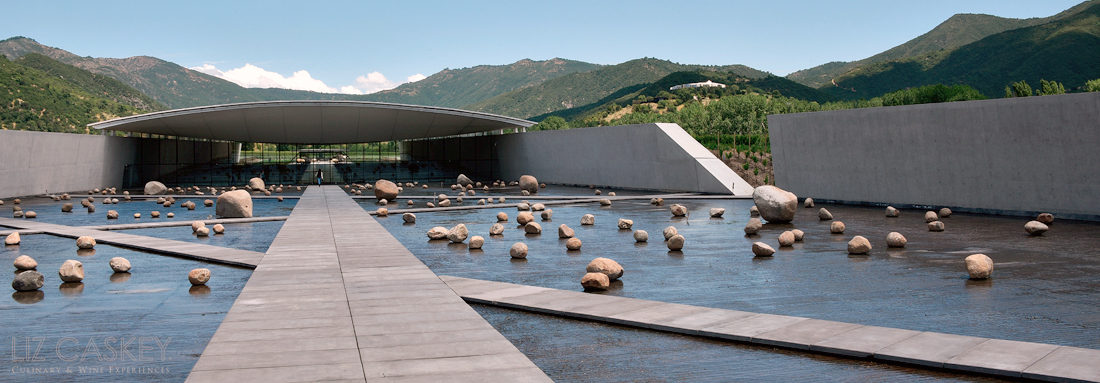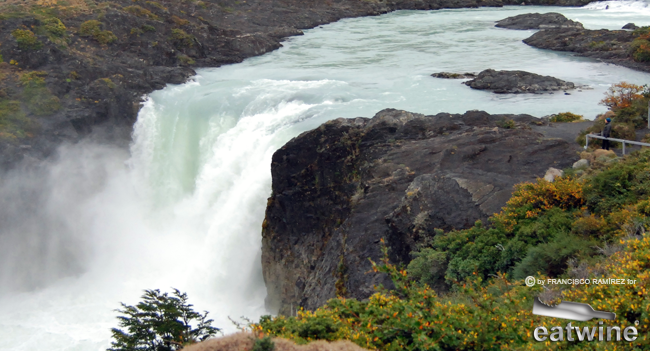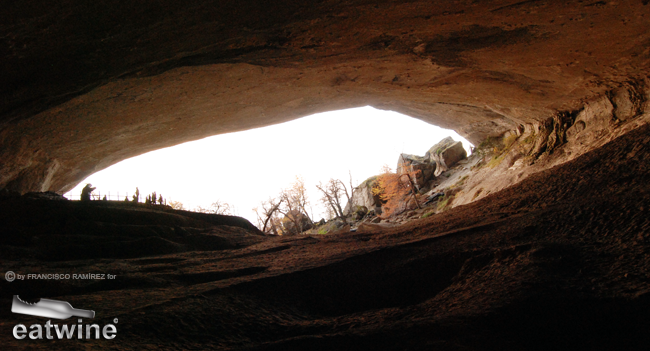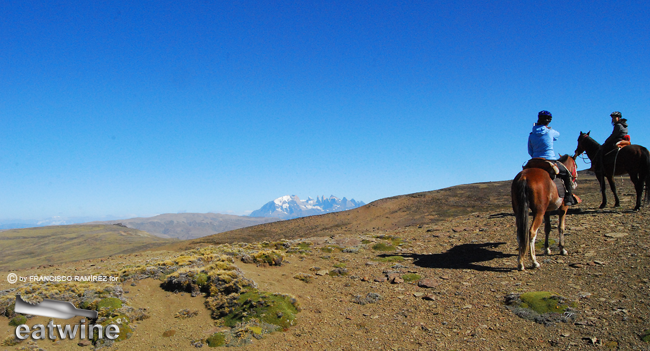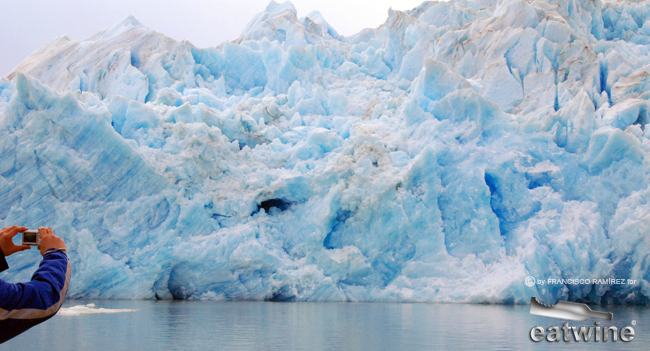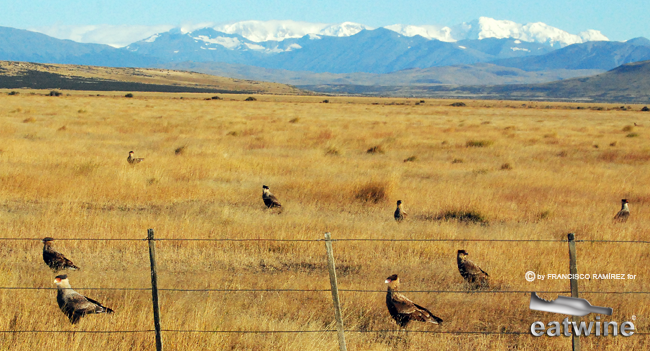Just saying the word Patagonia conjures up visions of jagged mountains, glaciers, and cold, often inclement, weather. The extreme weather in the remote lands of Patagonia in Southern Chile can make packing for a trip quite complex. Patagonia is notorious for its unpredictable weather patterns as storms born in the warmer Pacific Ocean move across the large ice masses causing “wild weather” as two air temperatures collide. In fact, in one day, you can experience elements from all four seasons (snow, rain, sun, wind, hail, lightening) within a matter of hours—or minutes. During South America’s warmer months from November to March, temperatures can range from the low-30s to mid-70s and snow is not uncommon depending on the location and elevation. And then there is the wind, with gusts topping out at 80 mph at times. How to prepare? Here are our suggestions.
Gear Up: You will need high-quality, layered, versatile clothing that will allow you to easily adapt to nearly any climate that Mother Nature throws out. And then, layer, layer, layer. You need a base layer to keep you warm and wick moisture away from your skin so you don’t get wet (or sick). How warm this is depends on your personal thermostat. On top, you’ll need a light or heavy fleece depending on the temperature and wind chill. Pant-wise, if the forecast is looking like precipitation may fall, put on some water-resistant rain pants since umbrellas won’t cut it in these latitudes. Likewise, a good shell that is water resistant with a hood, shielding you from the rain and wind, is essential. We like to have two sets of hiking pants, a lighter pair that can zip off into shorts if you are lucky enough to get a rare day of warm sunshine. Another, thicker pair you can use when it’s windy and cold (no rain). Of course, nothing is more fundamental than good, comfortable trekking boots. Seriously, invest your money here. You don’t want to be in the middle of an 8-hour hike with soggy feet and an agonizing blister. Sneakers or trail shoes will NOT cut it.
Layer on the SPF: There’s less ozone in Patagonia so the sun is viciously strong, even on cloudy days. Bring a good UV filter with at least 50spf for your face and apply abundantly a couple times per day, or more. Don’t forget your lips, too. The wind can burn them and your precious apples (cheeks). Also important are good sunglasses since when the sun does appear, it’s intensity is blinding. Even on cloudy days, there’s often a glare. If you plan on doing horseback riding a baseball hat is helpful to provide some shade for your face, often your only exposed skin.
Turn off Accuweather: Turn off the Accuweather forecast on your smart phone. It won’t do you any good. Most forecasts in Patagonia really only serve for telling you the weather at that exact moment, a specific location, or some probability. With many localized micro-climates and fast-moving weather, it can be down pouring in Puerto Natales, sunny at Glacier Grey in Torres del Paine, and snowing in nearby Cerro Guido. That is part of the charm, and adventure, of this far flung region of the world.
Bring snacks: While most top hotels like The Singular Patagonia will provide snacks (almonds, dried fruit) and lunch for expeditions, we suggest bringing protein or raw bars to supplement for long drives, especially if you are vegan or gluten-free. We love Raw Revolution, Greens Plus, and Lara bars.
Pack, then divide: Flying in-country, national airlines like Sky & LAN have lower weight limits than allowed for international flights (23 kilos for maximum of two bags). With all the options, it’s easy to overpack. Our suggestion is pick your most fundamental pieces, and no more than 2 each. When staying in top hotels like The Singular on our Yoga, Wine, & Patagonia tour, you can leverage the hotel’s speedy laundry to do a turn around on your soiled clothes while you use the other set. If your trip is within a variety of latitudes, you can always try compression sacks to make more room in your luggage.
Other items: Needless to say don’t forget a warm hat, scarf, gloves, your camera, and smart phone. Many hotels will provide water bottles to refill, which is environmentally friendly over plastic bottles (and you can drink out of many streams in Torres del Paine park). A moleskin journal is essential for taking notes about the experience and nature. For recommended pre-trip reading, check out the entertaining travel memoir In Patagonia by Bruce Chatwin.
Flexible attitude: You know the disclaimer about the weather. Come ready to enjoy and bask in nature’s grandeur. Be flexible if some days need to be moved because you can’t kayak due to 100kph winds or torrential rain could make trekking to the base of the Torres too hazardous. Go with the flow and trust the guides who know this region like the back of their hand. Do keep in mind even on days that look dreary, you often have the experience to see the landscape through four very different light paradigms—cloudy, misty, full sunlight, racing clouds. For all you photographers, novice and pro, Patagonia is a truly dream to try to capture in photos. It’s evocative, soul-stirring nature that leaves no one indifferent.
